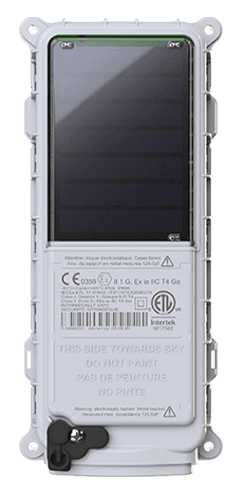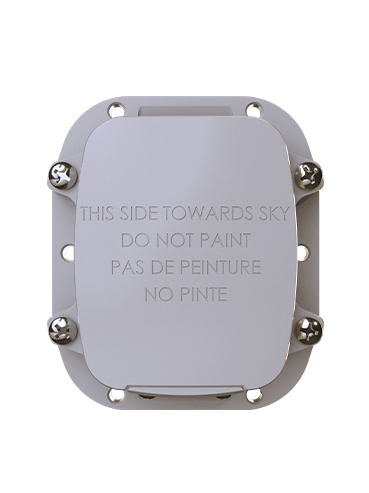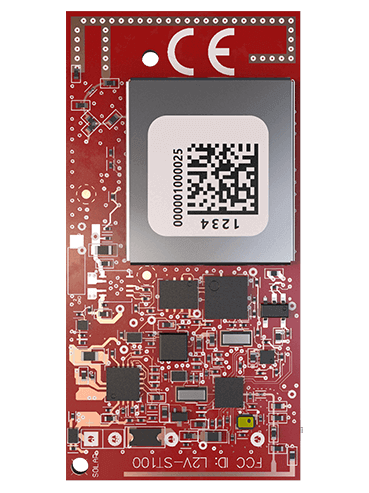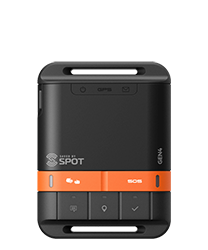Satellite technology gives lone and at-risk workers a helping hand from space
Employers everywhere, both public and private, now recognise that investing in worker safety is key to attracting and retaining skilled staff. It also improves operational efficiencies and overall can lead to better businesses, products and services.
It’s important that workers get the communications and safety tools they need in relation to their working environment and the activities they perform. Personnel sometimes do their jobs in remote, isolated, and/or difficult-to-access locations where conventional telecoms networks aren’t reliable. Only satellite technology can deliver truly ubiquitous, always-connected reach.
For example, in recent years the devastation of wildfires in Spain and elsewhere has gained worldwide attention. Joaquin Ramirez Cisneros, Principal Consultant at Technosylva, a specialist fire management technology platform, underscores this concern: “We’ve seen a dramatic rise of fire activity and its impacts in recent years.”
The regional authority for Castilla La Mancha trusts Technosylva’s solution, which is based on Globalstar technology. The authority first began to deploy SPOT Gen3 devices in July 2015 to track and protect firefighters as they battle wildfires in the vast area. More recently, SPOT Gen4, the newest addition to the SPOT family, has been introduced.
Thanks to Technosylva’s sophisticated fire behaviour analysis and management software, operations teams can precisely track firefighters’ locations in real-time with a user-friendly display. As a result, emergency support gets dispatched to precisely the right location, even if the incident occurs well beyond the reach of mobile and other telecom networks.
In neighbouring Andalucía, INFOCA, one of the largest fire authorities in Europe with 5,000 response personnel to cover this expansive Spanish region, also has a long-term agreement with Technosylva.
The authority deployed extra SPOTs during the Covid-19 pandemic, as it urgently needed to monitor firefighters as crews dealt with outbreaks. INFOCA engaged in extensive activities to protect the public, including deploying fire equipment for disinfection operations. Thanks to pre-integration and smooth inter-operation between Technosylva and Globalstar’s SPOT, INFOCA completed its assigned work rapidly.
In another example, moving from fire to water, Scottish Water relies on SPOT messengers to safeguard hundreds of employees who work in remote locations, often solo, managing assets including reservoirs that supply water to over 2.54 million households and 152,000 businesses. SPOT gives these employees a communications lifeline wherever they are.
The company pre-configured the devices with two services: in an emergency, employees can press SPOT’s SOS button; there’s also a help button for non-life-threatening situations, such as a flat tyre. Pressing either button instantly transmits the user’s GPS location to Scottish Water’s in-house communications centre (ICC). The ICC either contacts emergency services or locates a nearby team who can help.
“With reliable satellite communications, we can get help to our employees whenever needed and wherever they are. SPOT is a lifeline providing reassurance to families and colleagues that each lone worker is in safe hands,” said Kes Juskowiak, Water Operations General Manager at Scottish Water.
These are just two deployments that demonstrate how advanced, flexible, satellite-enabled solutions deliver the reliable communications and SOS support lone workers need as they perform their vital work. SPOT devices are credited with over 9,000 rescues worldwide.
 SmartOne Solar
SmartOne Solar SmartOne C
SmartOne C ST100
ST100 STX3
STX3 SPOT X
SPOT X SPOT Gen4
SPOT Gen4 SPOT Trace
SPOT Trace